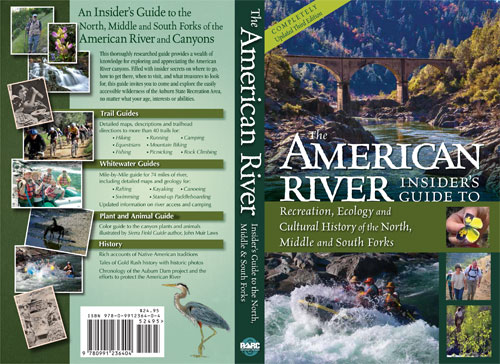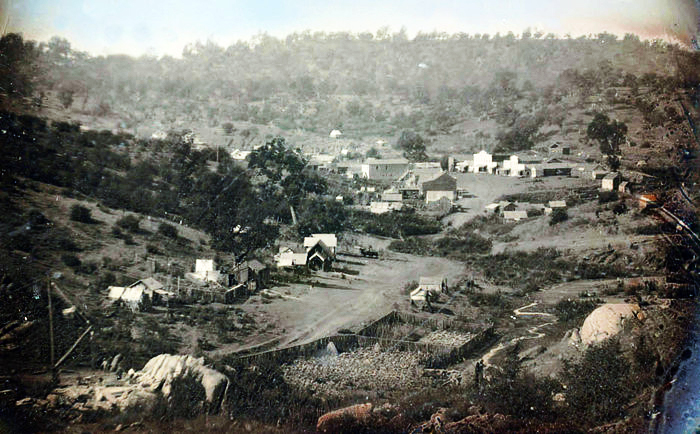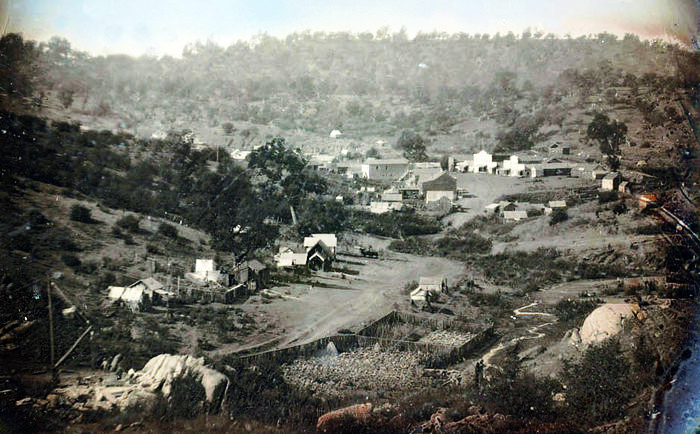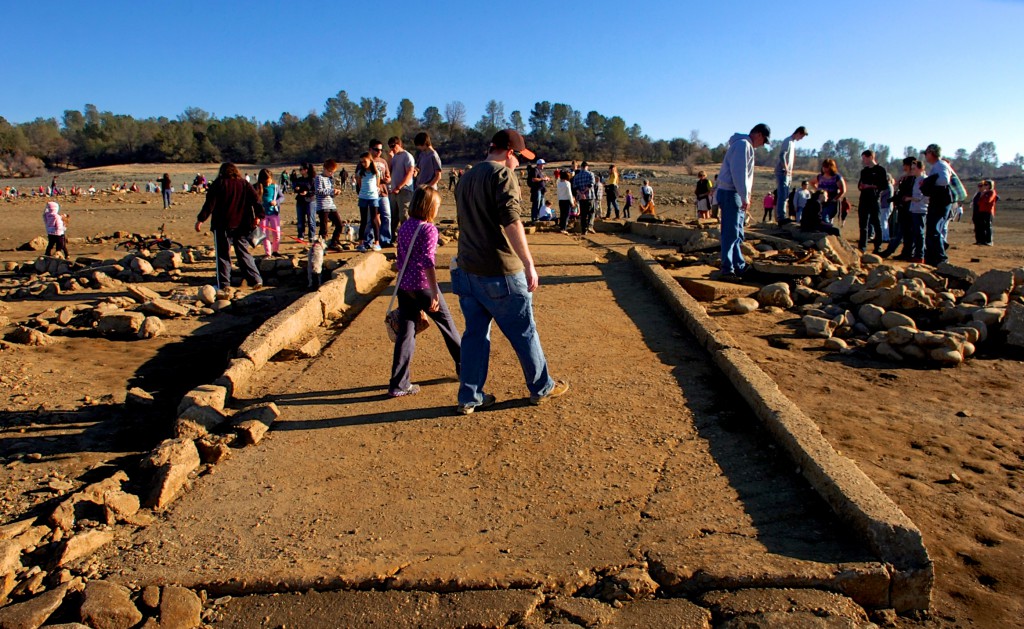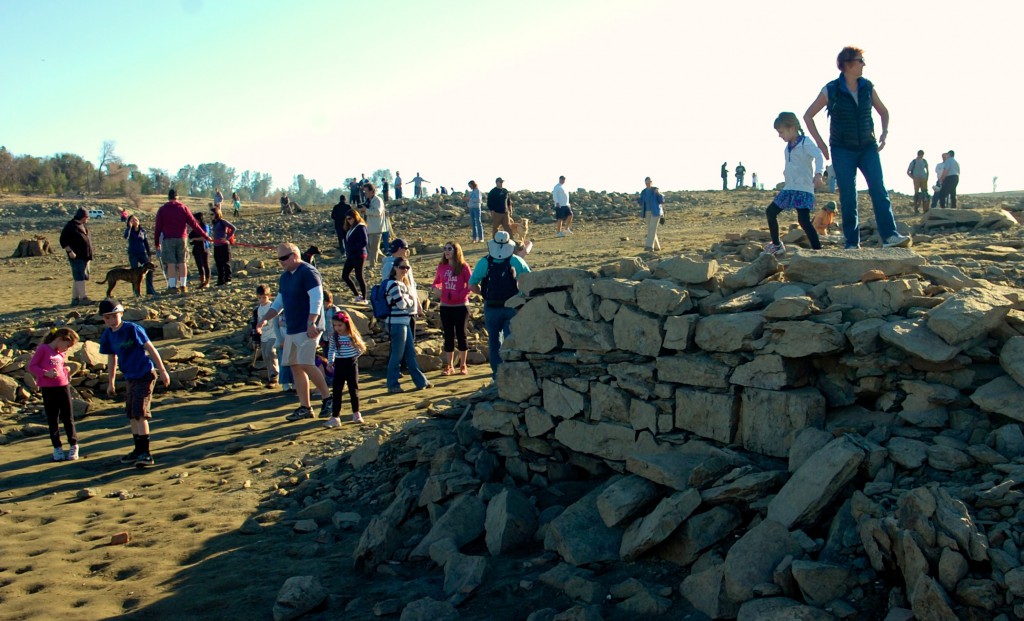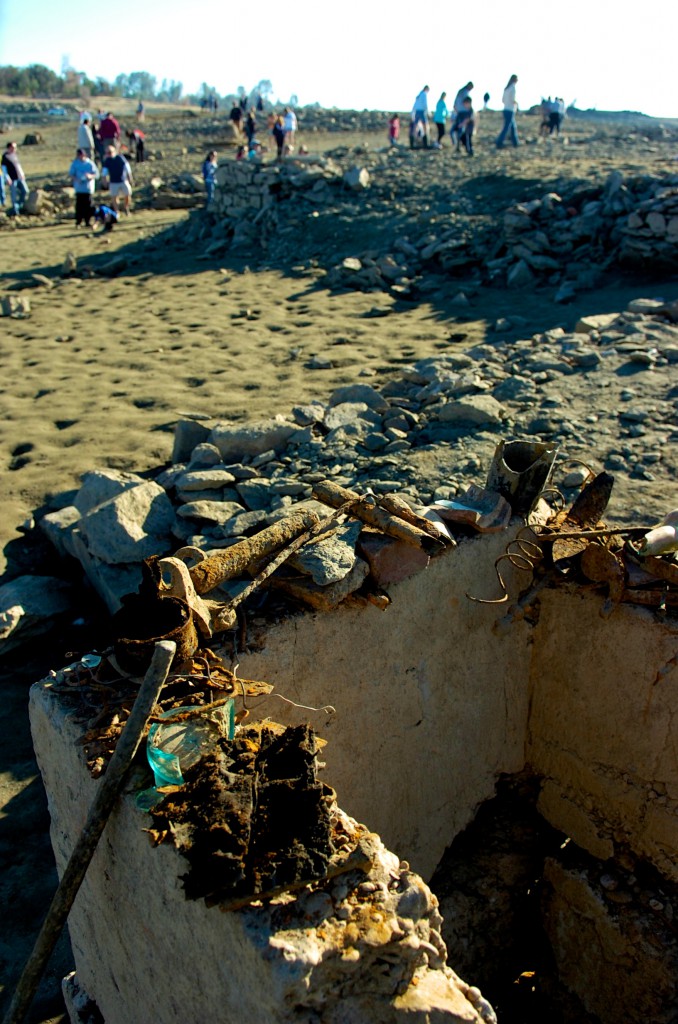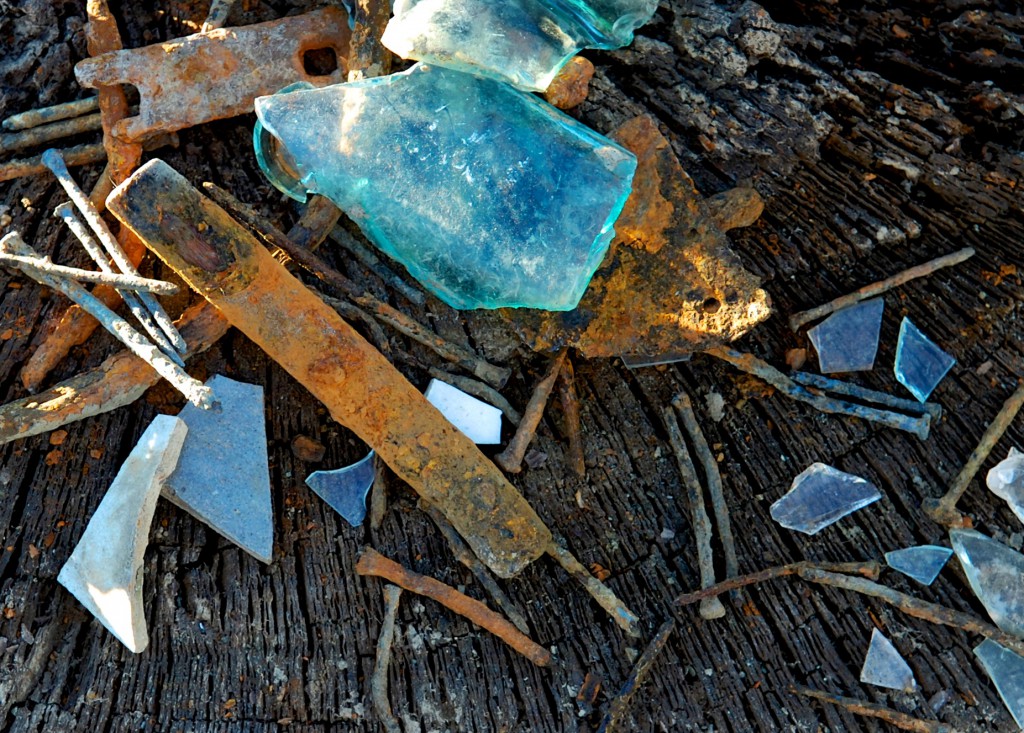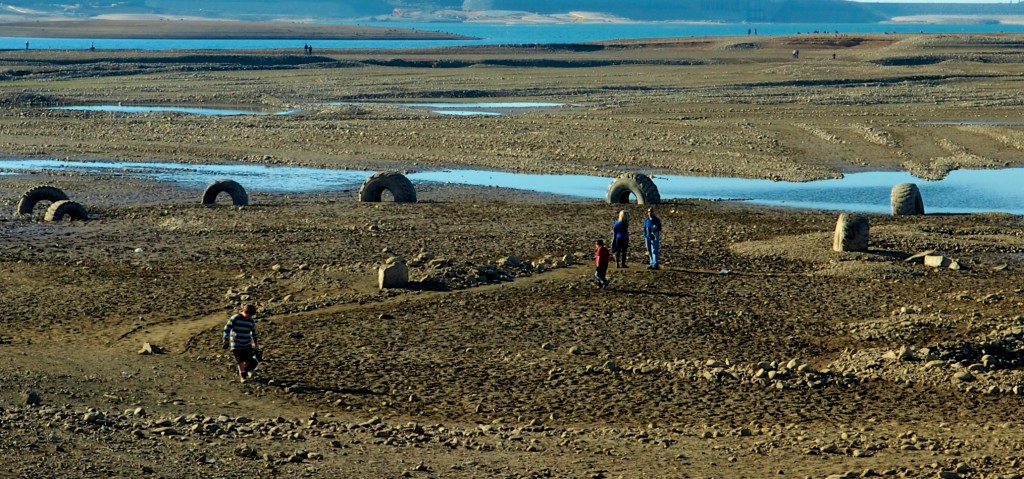Everything around the Guy West Bridge is pleasing to look at. Everything but the bridge itself.
The slim and shaky footbridge crossing the American River at Sacramento State needs some love. Paint is fading and chipping on the towers, and the handrails need to be fixed. The city says it’s planning to spend more than $3 million on a makeover this summer, and crews are already out there getting ready.
“It’s worth it,” Pam Sechrist said. “It’s one of our landmarks and we need to keep it in shape.”
It was a cloudless, warm morning last week as Sechrist finished her daily walk over the bridge with Tess, her lively Jack Russell Terrier/Chihuahua mix. Waves of college students joined her, hurrying across the span to their 9 a.m. classes. Cyclists and joggers weaved through the traffic.
No one was looking at the bridge.
That’s too bad. When it was built in 1966, it was thought to be the longest pedestrian suspension bridge in the country. And it was designed to look like the Golden Gate Bridge.
The Golden Gate Bridge’s official color is “International Orange.” It is an unmistakable color, designed to create a connection between the striking bridge and the landscape around it.
The Guy West Bridge is supposed to be that same color. Instead, after years of fading, its coat looks more like the skin of an old Barbie doll.
Some have suggested painting the Guy West a brilliant yellow, like the city’s true landmark crossing, the Tower Bridge. Others have mentioned throwing in a touch of Hornet green to salute Sac State.
The city is sticking with the original shade of orange. If all goes well, the new paint job will be done by the fall, along with a touched-up deck and a revamped electrical system.
It’s a sizable investment as other projects around the city are slowly receiving attention. Nearby, the city has found the cash to pave a bike trail on the south shore of the American River between Sac State and Sutter’s Landing Park in midtown.
More at SacBee.com >>>
Read more here: http://www.sacbee.com/2014/05/19/6414147/sacramento-state-bridge-to-soon.html#storylink=cpy

